Dhaka, April 05 (V7N)- A total of 8,761 HIV-positive cases have been reported in Bangladesh to date, with 1,588 recorded deaths—marking a fatality rate of 18.13 percent—according to data from the Directorate General of Health Services (DGHS).
Government-led initiatives have contributed to a wider detection and treatment scope for HIV-infected individuals, with experts expressing hope that by 2030, 95 percent of patients will be under medical care in line with national targets. However, healthcare professionals continue to urge the government to implement stronger strategies, especially for widespread testing, to identify those who remain undiagnosed. Special attention has been recommended for the Rohingya community, returning migrants, deportees, and regions considered high-risk.
According to UNAIDS, more than 14,000 people have been infected with HIV in Bangladesh—accounting for 0.1 percent of the population—though only about 8,000 are currently receiving treatment. By November 30, 2021, the country had logged 1,588 AIDS-related deaths. No additional deaths have been officially recorded since then.
DGHS reports a growing trend in infections, primarily among expatriates and their families, though there has also been an uptick in cases among the general population. The latest figures show that 6,104 individuals are now receiving treatment, while 1,125 remain untreated.
The National AIDS/STD Control Programme reports a yearly increase in treatment coverage. In 2019, only 52 percent of those infected were aware of their status, but this rose to 63 percent by 2021. Treatment coverage improved from 65 percent to 77 percent during the same period.
Most new HIV cases were detected in Dhaka Division (218), followed by Chattogram (127), Khulna (64), Sylhet (45), Barishal (28), Rajshahi (27), and Mymensingh and Rangpur (15 each). Age-wise, 74.20 percent of the new cases are between 25–49 years old, 12.24 percent are over 50, 8.5 percent fall between 19–24, and 2.07 percent are aged 10–18.
UNICEF warns that unless there is significant investment in HIV prevention and treatment, 360,000 adolescents globally could die from AIDS-related illnesses by 2030, averaging 76 deaths per day. Its report, Children, HIV and AIDS: The World in 2030, forecasts 270,000 HIV-positive individuals aged 0–19 by that year—about one-third lower than current estimates if prevention measures improve.
UNAIDS estimates around 13,000 people live with HIV in Bangladesh, of which 6,455 have been diagnosed. Undetected cases pose a greater risk of ongoing transmission.
Bangladesh first detected an HIV case in 1989, with the first AIDS-related death recorded in 2000. In 2018, 869 new infections were recorded. By November 30, 2021, 729 new cases were identified—including 188 among Rohingya refugees—bringing the estimated total number of HIV-positive individuals in the country to 14,000.
Breakdown of new 2021 cases includes: general population (186 or 26%), Rohingya refugees (188 or 26%), expatriates/family members (144 or 20%), injecting drug users (81 or 8%), female sex workers (17 or 2%), homosexuals (67 or 9%), male sex workers (53 or 7%), and transgenders (13 or 2%).
Dr. Md Khurshid Alam, Line Director of the DGHS’s TB-Leprosy-AIDS/STD Programme, said the national HIV infection rate remains low at 0.1 percent, but there are growing risks due to population density, migration, and regional proximity to high-incidence countries like India, Pakistan, Myanmar, Thailand, Malaysia, and Indonesia.
The Bangladesh Country Coordinating Mechanism (BCCM) notes that despite sufficient treatment capacity, grassroots-level awareness remains low. HIV/AIDS care in Bangladesh is currently provided only through public services—27 detection centers and 11 treatment facilities—with no availability at private healthcare institutions. Patients generally receive care from home but must maintain contact with doctors and follow a strict regimen of medication—syrups for children and oral pills for adults.
The return of many migrant workers since 2019 due to the COVID-19 pandemic has raised concerns, as many of the new HIV cases are linked to them or their families. The government’s focus on COVID-19 may have resulted in gaps in HIV testing during that time. About 30 percent of recent HIV cases are reportedly among migrant returnees or their relatives.
Officials say nearly half of those infected remain unaware of their condition, and one-third of diagnosed patients still do not seek treatment. The government began efforts in 2019 to centralize data on patients’ health status.
Despite the challenges, the infection rate among the general public remains under 0.01 percent—attributed to consistent awareness campaigns led by the ruling Awami League government. Awareness has significantly improved among sex workers and returnee migrants, though experts stress the need for enhanced efforts.
Dr. Zahidul Kabir, head of the Virology Department at Suhrawardy Medical College Hospital, warned that while Bangladesh remains a low-prevalence country, it is still high-risk. He stressed the necessity of mandatory HIV screening at all land ports, especially due to cross-border movement with India and Myanmar.
He further suggested utilizing existing RT-PCR labs set up for COVID-19 testing for HIV diagnosis with minimal modifications.
On rehabilitation efforts, Dr. Kabir noted limited initiatives exist, mostly facilitated by UN-backed NGOs, though the scale remains small due to the relatively low number of cases and the socio-economic status of most patients.
Saima Khan, UNAIDS Country Manager for Bangladesh, emphasized prevention and the importance of antiretroviral treatment. "If someone consistently takes medication, the virus load can become undetectable and thus untransmittable," she said. While the virus cannot be completely eradicated, modern treatment can allow HIV-positive individuals to live long and healthy lives without infecting others.
END/MSS/HON/AJ



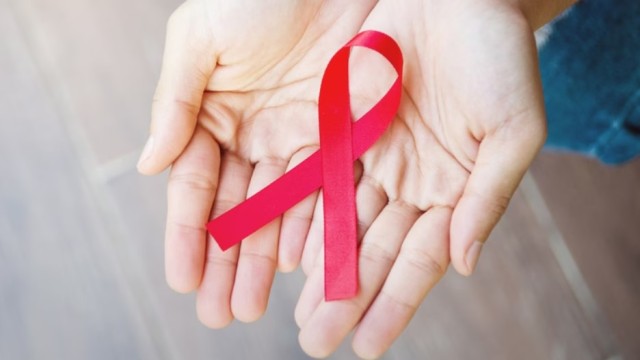
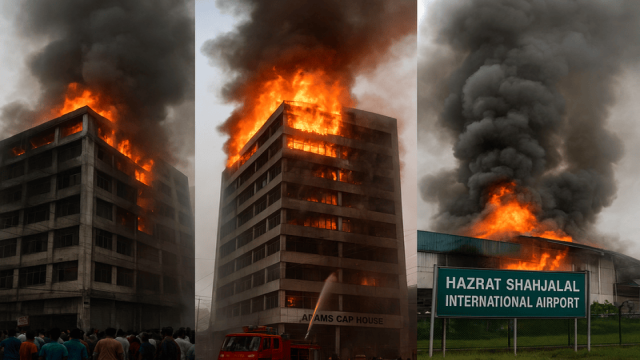


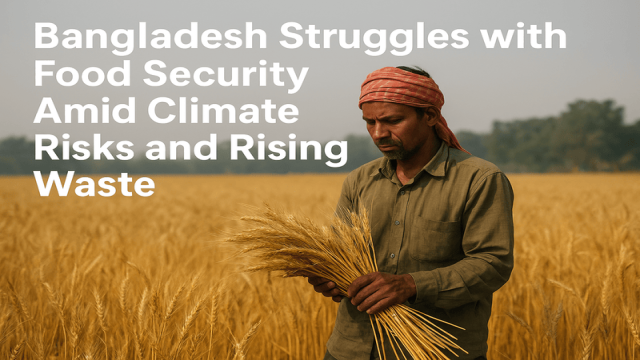




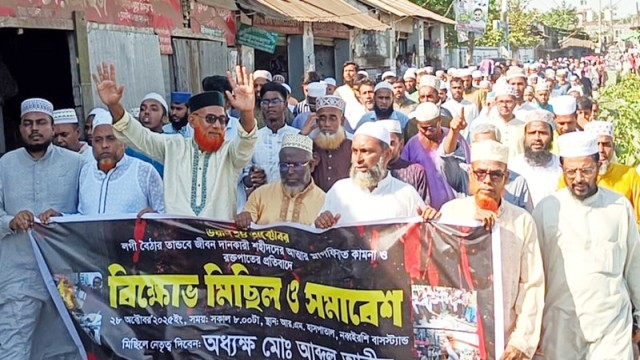
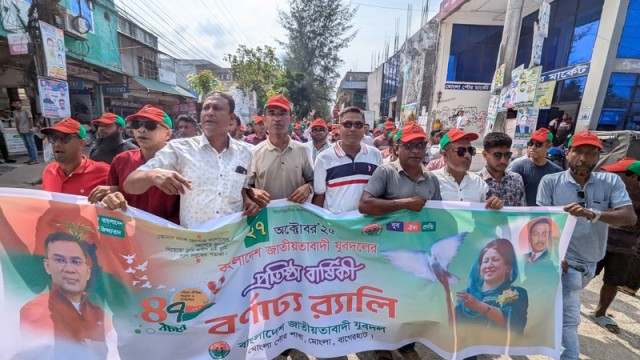


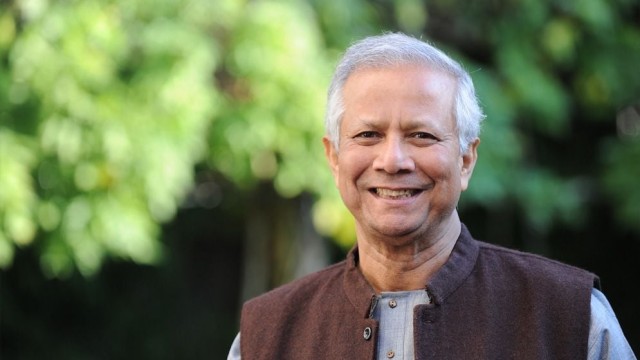





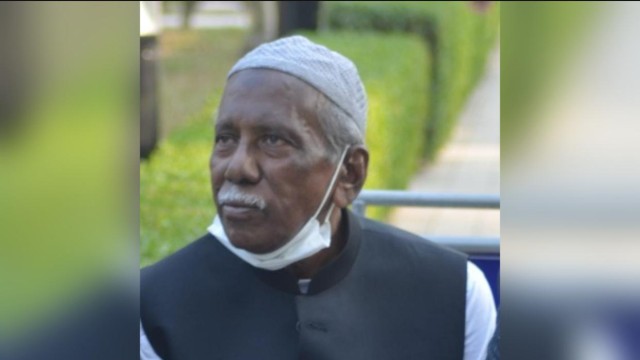




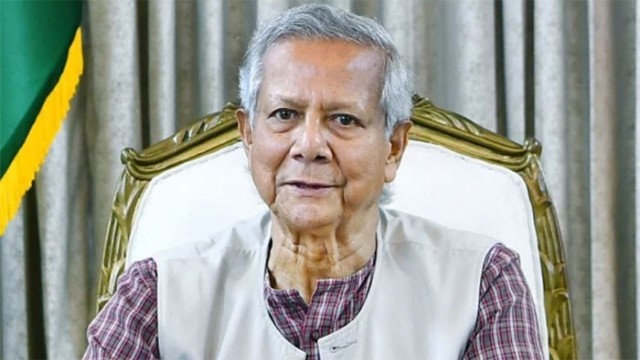
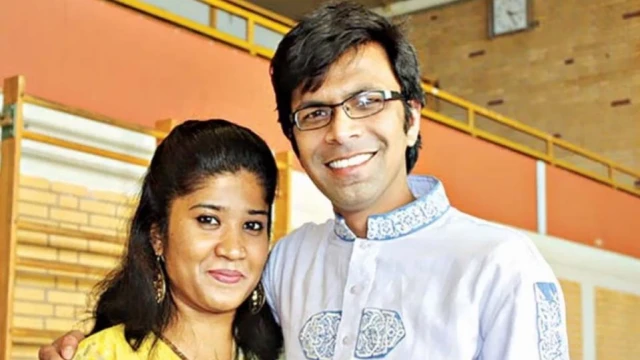
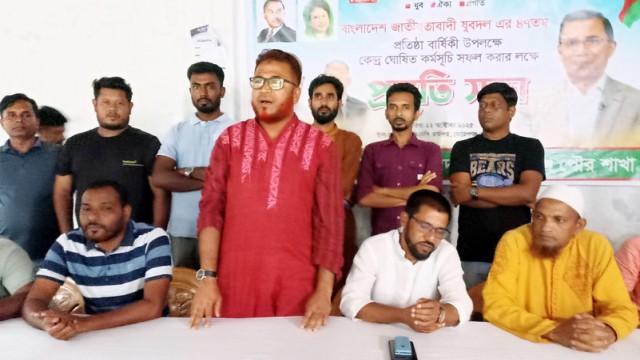

Comment: